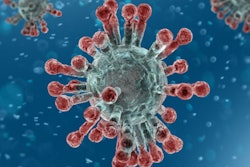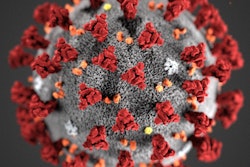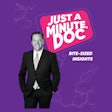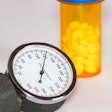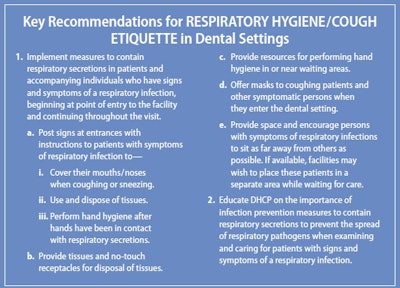
COVID-19 FAQs, page 11
11. How do dental practitioners protect themselves and their patients from COVID-19?
If there ever were a time for compliance with infection control, it is now. Everyone must be 100% adherent with standard precautions. This virus is transmitted by close personal contact. Virtually every dental procedure meets this criterion. Dental practitioners are in close contact with patients and also in intimate close contact with mucous membranes and oral and respiratory flora for 30 to 60 minutes or longer. Therefore, infection control must be bulletproof.
In addition to standard precautions, dental providers should follow the CDC recommendations for respiratory hygiene and cough etiquette. A comprehensive list of infection control recommendations is available on the CDC website.
Respiratory hygiene and cough etiquette includes the following:
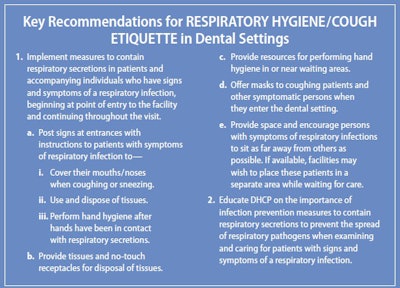 DHCP = dental healthcare personnel. Image courtesy of the CDC.
DHCP = dental healthcare personnel. Image courtesy of the CDC.To minimize the spread of influenza, as well as other respiratory infections within the dental office, take the following precautions:
- When confirming patients, ask if they have a fever or other flu-like symptoms. Patients who exhibit flu-like symptoms (fever, cough, diarrhea, etc.) should be rescheduled.
- Patients presenting for treatment and have signs of any respiratory infection should be rescheduled. Check with your state or local health department to seek guidance on how to manage and arrange transportation for these patients as they are now a person under investigation (PUI).
- Refer any PUI to a medical facility if they report a fever and have traveled outside of the U.S. Check with your state or local health department to seek guidance on how to manage and arrange transportation for these patients as they are now a person under investigation (PUI).
- Perform hand hygiene. Wash with soap and water for at least 20 seconds or use alcohol-based hand sanitizers.
- Avoid touching your eyes, nose, and mouth with unwashed hands.
- Cover your cough or sneeze with a tissue, then throw it in the trash.
- Stay at home if you are sick and remain at home with symptoms such as a persistent cough, fever, diarrhea, and chills.
- Clean and disinfect frequently touched objects and surfaces.
- Get your annual influenza vaccination if you have not yet done so to reduce illness from influenza.
Previous page | 11 | Next page




